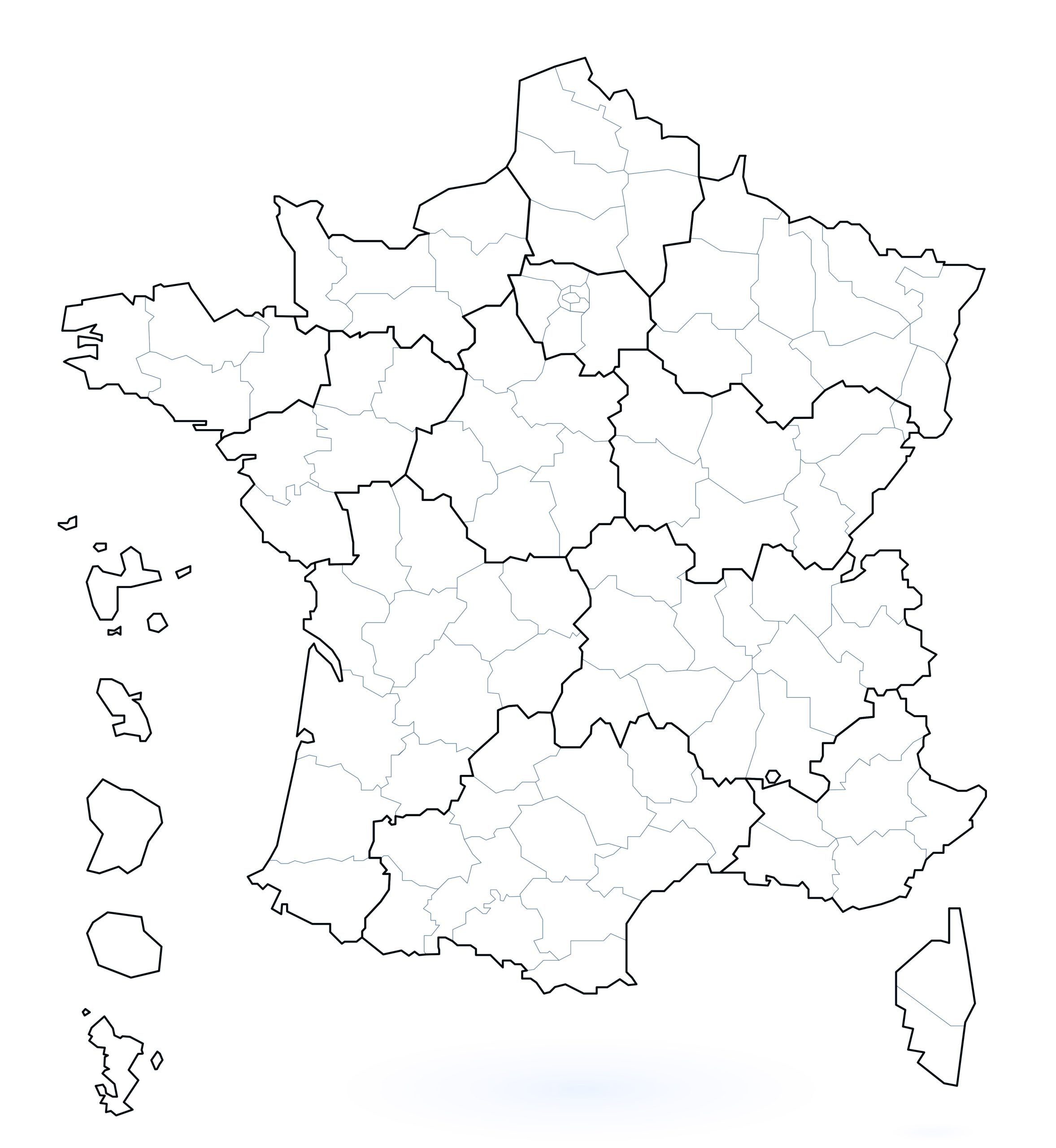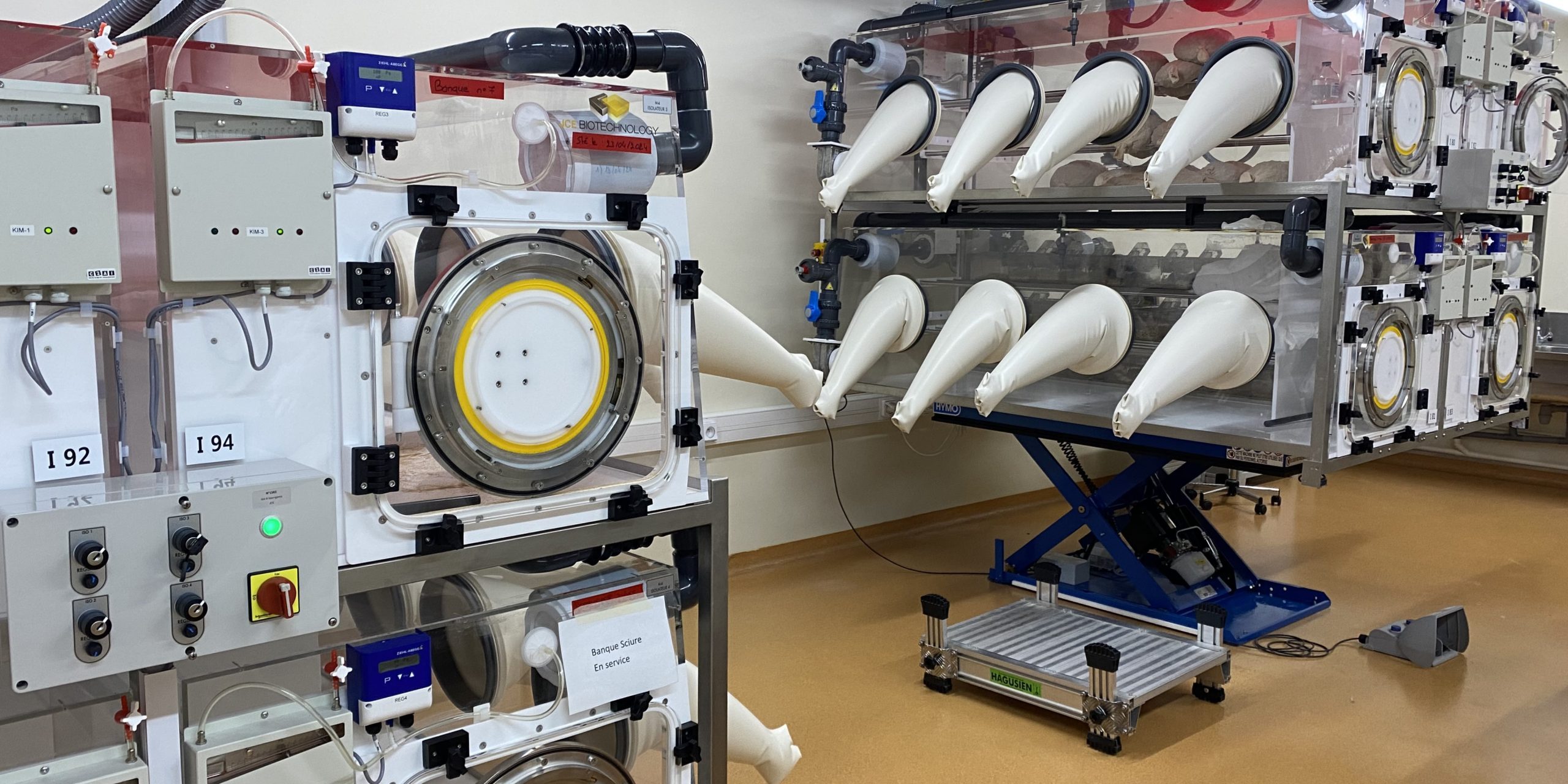Generation and Analyzes of Axenic and Gnotobiotic Animal Models
Responsible for the project: Agnès LE BON
Coordinating institution: Inserm Headquarters
Germ-free
Microbiota
Phenotypic analysis
Network of facilities
- Total cost: €5.65 million
- Starting date: 01/06/2024
- Duration: 6 years
- Reference: ANR-24-PESA-0001
• Overall objective:
The use of animals with a controlled microbiome is a specialized and demanding approach, which to this day remains a key tool for establishing causal links and studying the microbiome-host dialogue. One of current challenges is to share the necessary skills, axenize mice (possibly genetically modified), and deploy analysis techniques adapted to these animals, to enable better study of the host in dialogue with the microbiome.
In this context, the aim of the GnotAnima project is to strengthen the national structuring of existing platforms capable of creating, breeding and maintaining axenic or gnotobiotic animal models [1] and to develop or strengthen analyses to study the microbiome-host dialogue.
[1] Axenic animals (also known as germ-free animals) are animals deprived of any bacterial, viral or parasitic contamination. Gnotobiotic animals are obtained from axenic animals by transferring a controlled microbiota.
• Scientific and societal issues:
The scientific challenges are to accurately study the role of microbial communities in physiology and pathophysiology [2], via access to axenic transgenic models and controlled gnotobiotic models, and to implement appropriate analyses.
[2] Physiology studies the normal functions and tissue properties of living organisms, whether human, plant or animal. Pathophysiology, on the other hand, is the study of functional disorders of an organism or organ system and its reactions during disease.
• Project focuses:
Axis 1: Build a network of facilities and expertise capable of hosting and analyzing gnotobiotic and transgenic animals;
Axis 2: Provide scientists with expertise in establishing the most appropriate experimental strategies and methods for their projects (Contact: gnotanima@inserm.fr);
Axis 3: Offer a continuum of services, from axenization to biological characterization of gnotobiotic animals, in state-of-the-art facilities;
Axis 4: Develop and offer training courses for personnel working on germ-free or gnotobiotic animals;
Axis 5: Create a dedicated catalog of gnotobiotic and axenic animal models available within our facilities.
- Coordinating institutions : Inserm Headquarters
- Partners institutions : Inserm-Regional Delegation “Occitanie Pyrénées”, Inserm-Regional Delegation “Auvergne Rhône Alpes”, CNRS-Delegation “Centre Limousin Poitou Charente”, INRAE, Toulouse III-Paul Sabatier University, National Superior School of Lyon


